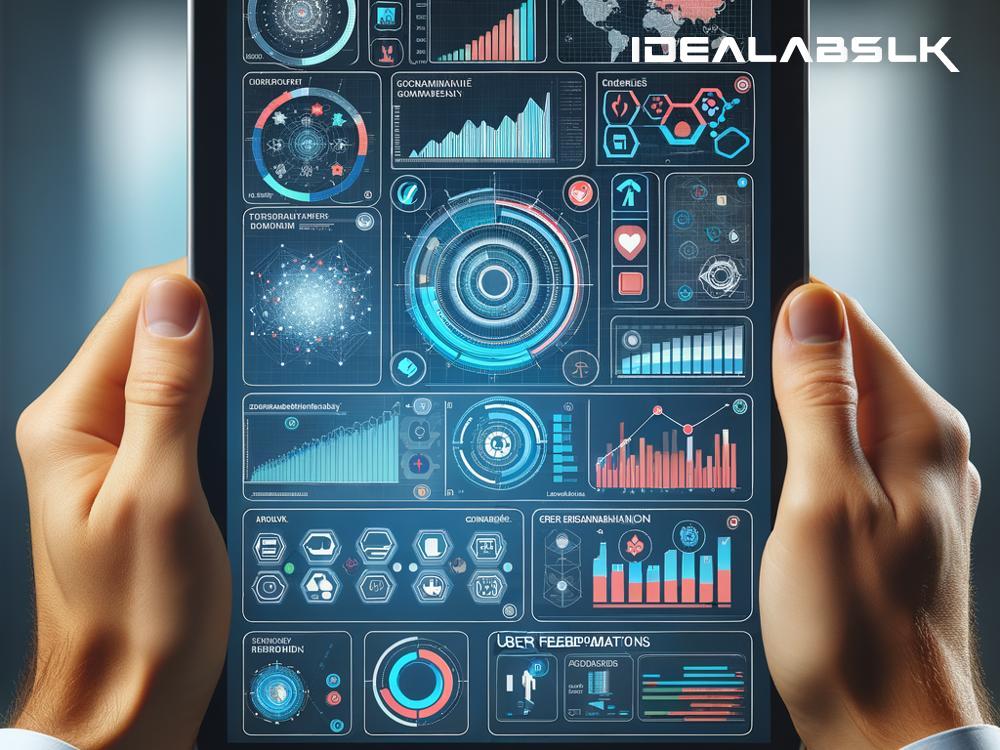When we talk about technology and the internet, one thing always stands out - how they are constantly evolving to make our lives easier and more efficient. This evolution is especially noticeable in the world of web design and development. A critical concept that has emerged in recent years and is reshaping how we interact with digital platforms is Data-Driven Design. It's an idea that is revolutionizing the world of UI/UX, and here's how it's happening.
First things first, let's break down what UI/UX and Data-Driven Design mean. UI, or User Interface, is all about the look and layout of a website or app - it's what you see and interact with. UX, or User Experience, on the other hand, is about how easy or enjoyable it is to use that website or app. Data-Driven Design is a strategy that relies on data collected from users' interactions with a digital product to inform and guide the design process. Think of it as using feedback directly from your audience to make smarter design choices.
Now, let's dive into how Data-Driven Design is transforming UI/UX:
1. Personalization on a Whole New Level
One of the most exciting aspects of Data-Driven Design is its power to personalize user experiences profoundly. By analyzing data on how users interact with a site or an application, designers can create highly tailored experiences that meet individual users' needs and preferences. This could mean suggesting products similar to what you've bought before on an e-commerce site or adjusting the layout of a news app based on the types of articles you tend to read. The result? A smoother, more engaging experience that feels like it was made just for you.
2. Smarter, More Effective Designs
Data-Driven Design also means that decisions are no longer just based on hunches or trends; they're backed by solid data. This leads to smarter design choices. For example, if the data shows that most users stop engaging with an app after a certain point, designers can investigate why that's happening and adjust the design to encourage longer engagement. It's like having a roadmap that tells you exactly where you need to improve, making the design process more focused and efficient.
3. Enhanced Usability
One of the primary goals of any UI/UX designer is to make digital platforms as user-friendly as possible. With Data-Driven Design, achieving this goal becomes much more straightforward. By analyzing data on how users interact with a product, designers can identify and eliminate pain points, making the user's journey smoother and more enjoyable. This could be something as simple as rearranging the layout to make important features more accessible or as complex as overhauling the navigation system to make it more intuitive.
4. Continuous Improvement
The digital world is never static - what works today might not work tomorrow. The beauty of Data-Driven Design is that it allows for continuous improvement. Since data is always being collected, designers can keep tweaking and refining their products based on real-time feedback. This means that digital platforms can evolve alongside their users, constantly adapting to meet their changing needs and preferences.
5. A Competitive Edge
In today's crowded digital landscape, standing out is more important than ever. Data-Driven Design can give companies a significant competitive edge by allowing them to offer a superior user experience. By truly understanding their users and continuously adapting to meet their needs, companies can foster loyalty and keep people coming back for more.
Wrapping Up
The impact of Data-Driven Design on UI/UX is profound. It's not just about creating pretty interfaces; it's about creating interfaces that truly resonate with users. By leveraging the power of data, designers can craft experiences that are not only visually appealing but also incredibly effective at meeting users' needs. As technology continues to advance, and as we collect more and more data, the possibilities for what can be achieved with Data-Driven Design are virtually limitless. It's an exciting time to be in the world of UI/UX, and it's clear that Data-Driven Design will play a pivotal role in shaping its future.

